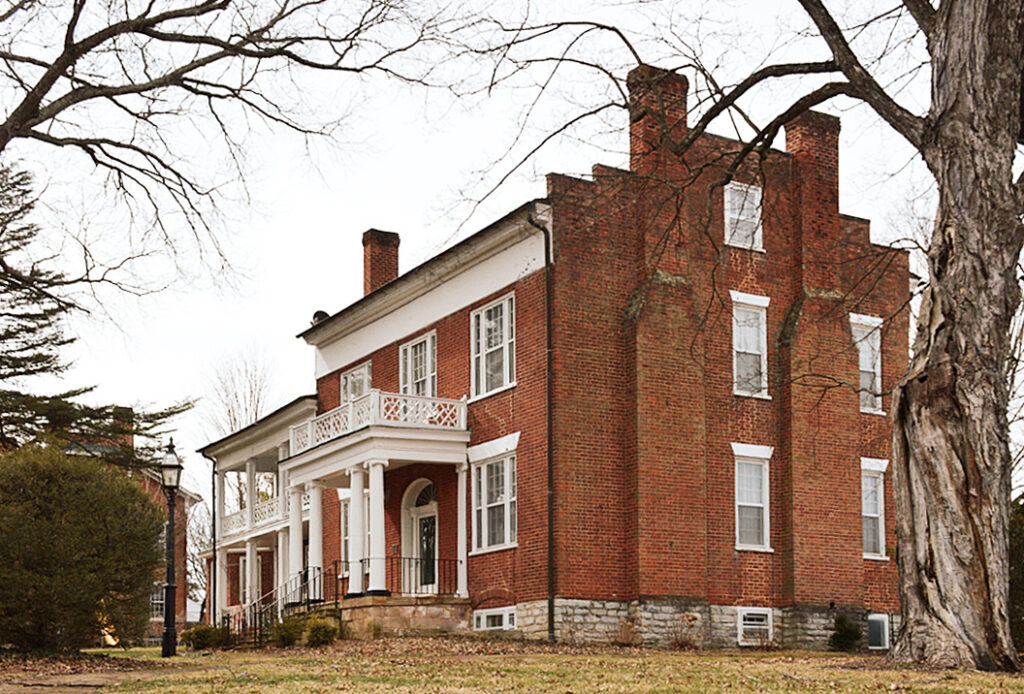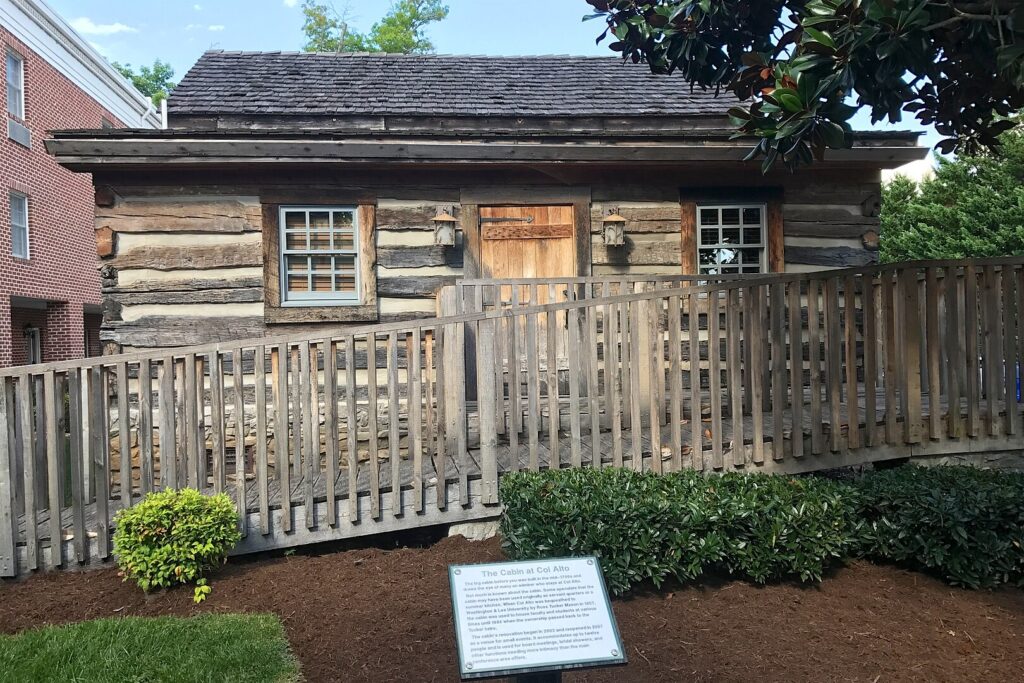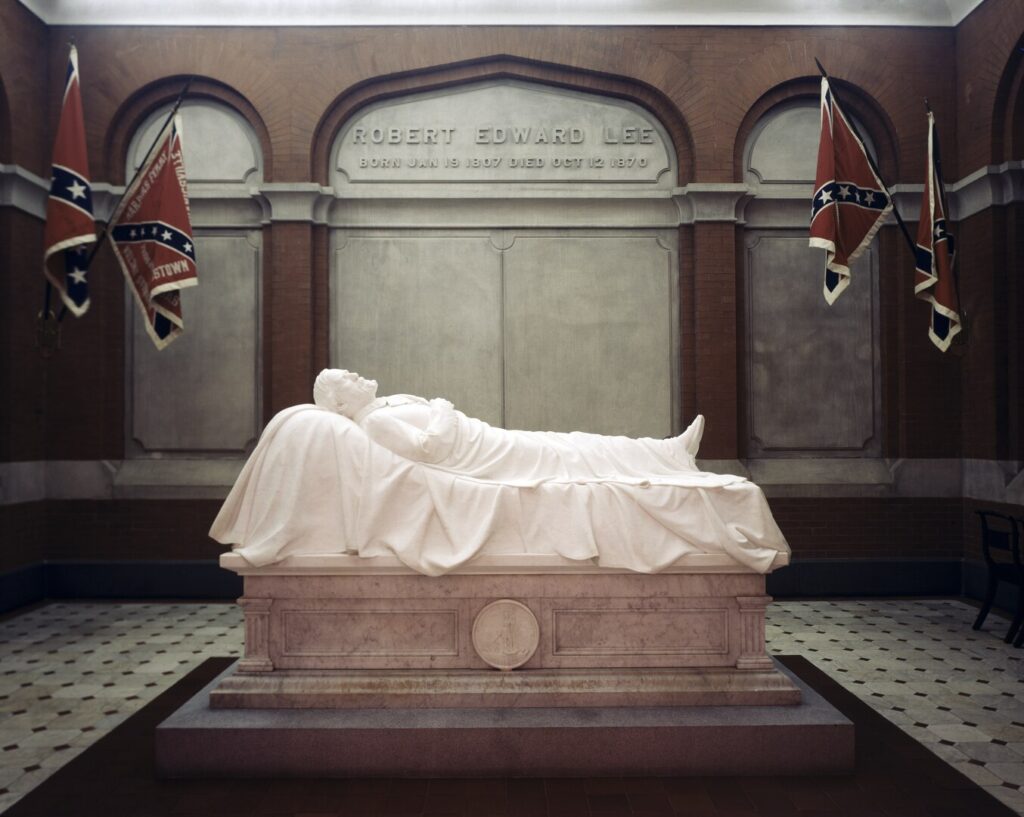
What to do with this story from Sally Mann’s memoir?
Every time [Cy Twombly and I] would leave his house and catch a glimpse of the neighboring Reid White house behind the trees, one or the other of us would repeat our favorite line from a story my mother used to tell about the occupant of that house, Mrs. Breasted White. That’s what I swear I remember her saying: “Mrs. Breasted White.” But now, writing that name, it somehow seems highly improbable.
Anyway, we’d say the punch line, sometimes in unison, and then we would both howl with laughter, as if we had just heard it for the first time. Here’s how the story goes:
Mrs. White was, of course, a member of the Lexington Garden Club (and the way “garden” is pronounced by these ladies is “ghee-yad-en”), and her specialty was roses. Every year its local members would compete to assemble the most exuberant floral display, to be judged by someone from a classier garden club, like, say, the one in Lynchburg. This competition would be followed by refreshments: small triangles of buttered white bread with edges trimmed and tomato aspic quivering on iceberg lettuce leaves, all washed down by the daily staple of those elegant Lexington ladies who insisted they didn’t drink: restorative sherry (18 percent alcohol).
One year, Mrs. Breasted White’s entry was a gorgeous arrangement of yellow roses whose particular qualities she endorsed in spidery cursive on a card placed nearby. Oh, how I miss our laughter, as Cy and I would recite the inscription in unison: Good in bed, better against a wall!
Cy Twombly didn’t grow up next door to the Reid White house, which sits across Nelson Street from Washington & Lee University. He bought a similar house nearby, 19th century brick, a few years after his older sister had emptied and auctioned the home they grew up in. Mann’s parents knew the Twomblys—teen Cy gave them a sculpture—but she is a generation younger, born in 1951, ten years after her family moved to Lexington.

By their time, the inhabitants of the Reid White House had achieved the Southern ideal of all their names being family names. So Reid White, Jr.’s brother Thomas Preston White went by one of their mother’s maiden names, Preston. But he was a doctor in Charlotte. So it’s unlikely that his wife, Mrs. Preston White, whose middle name was also Preston, would have had the occasion to enter a Lexington Garden Club competition—though as a member of the Tucker family, whose home, Col Alto, is now the Lexington Hampton Inn, where you can have a board meeting, bridal shower, or other intimately scaled gathering in a restored slave cabin, she may have, at some point, been a member.
The Preston Whites did not seem inclined to either keep or buy the house after Reid White, Jr’s death in 1952, and his Yankee widow, moved back to Princeton, sold it in 1959 to the Kappa Alpha Order, also known as The Order, a fraternity founded in 1865 at Washington & Lee to propagate the Lost Cause ideology and to honor the chivalry and gentlemanliness of Robert E. Lee, for their frat house. Maybe it took a few years to figure out what to do with it because there is a large post office in the front yard; Dr. Reid White, their father, had sold off the land in 1909.
James Jones “Old Zeus” White, who’d married Mary Louise Reid, whose family built the house, was a classics professor and confederate veteran instrumental in 1865 in recruiting Robert E. Lee to be the president of the Washington College. Lee stayed at White’s house, perhaps then known as Evergreen, on his first visit to Lexington, to avoid the adoring crowds that would have swamped him at a public hotel. White temporarily succeeded Lee as president after his death, until Lee’s son could be installed as president, and the university could officially change its name. But that likely means White was acting president for Lee’s funeral in the chapel Lee helped design, and when he was buried in a crypt under the chapel, but not in 1875, when Edward Valentine’s sculpture, Recumbent Lee, was commissioned.

According to Nicola’s essay in Cy Twombly Homes & Studios, the artist’s son Alessandro, who met his wife, an Argentine designer named Soledad, in New York in 1994, the year of Twombly’s MoMA retrospective, was married in the Lee Chapel in Lexington. By that point, The Order had sold off the Reid White house, and it had been restored it from a white supremacist frat house to its antebellum glory.
Anyway, what was I talking about? Oh, right, yellow roses.
